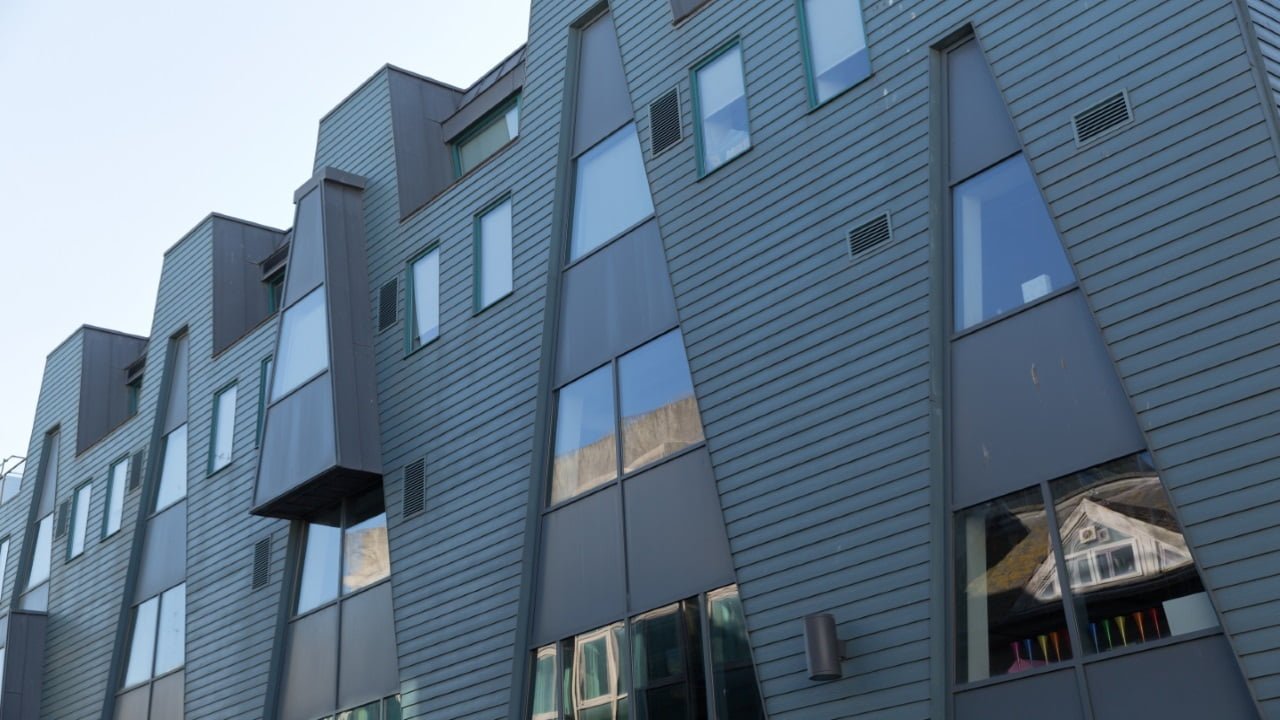On 18 December 2018, the Ministry of Housing, Communities and Local Government (“MHCLG”) issued its Advice Note 14. Following previous guidance on aluminium composite material (“ACM”) cladding, this Advice Note concerns the fire safety of external wall systems on buildings above 18 metres in height that do not incorporate ACM. This includes tall buildings that incorporate any form of external cladding system, even those comprising materials of limited combustibility.
In this article, we summarise the newly defined obligations on tall building owners in respect of conducting fire risk assessments, ensuring the safety of external wall construction, and carrying out remediation measures.
Fire Risk Assessments
The Advice Note rightly identifies that a building owner is a “Responsible Person” for the purposes of the Regulatory Reform (Fire Safety) Order 2005 (the “Order”). As such, building owners are responsible for the safety of their buildings. This includes an obligation to carry out a suitable and sufficient fire risk assessment, which in a residential property is typically limited to those non-domestic parts of otherwise domestic premises (e.g. common parts, lift shafts, stairwells). Traditionally, those non-domestic parts have not been considered to include the external wall construction.
The Advice Note seems to suggest that in addition to the traditional fire risk assessment, tall building owners should also be commissioning assessment of the external wall construction. The Advice Note highlights that a Responsible Person has a duty to take “general fire precautions”, which includes a requirement to reduce the risk of fire and fire spread. This broadly defined duty has seemingly been used by MHCLG as justification for inferring that the scope of assessments should now include a review of external wall construction. It is highly unlikely that a typical fire risk assessor will be qualified to conduct such a review, and we predict that going forward, tall building owners may have to commission a suitably qualified expert to conduct a separate assessment.
Fire Safety of External Wall Systems
In determining whether or not an external wall system is “safe”, the Advice Note adopts a particularly narrow definition. On existing buildings the definition of “safe” shall be that the external wall system comprises only materials of limited combustibility or has achieved BR 135 classification by a successful BS 8414 test. In this regard, tall building owners should remember that external wall systems are not limited to external panels; they also include insulation, cavity barriers and other aspects of the build-up.
Notably, the definition of “safe” excludes any reference to a fire engineered solution. This is a curious omission given that the Building (Amendment) Regulations 2018, which come into force on 21 December 2018, do not have retrospective effect and, therefore, a fire engineered solution remains lawful as a means to compliance for buildings completed, or started, prior to 21 December 2018.
The vast majority of tall buildings constructed in the UK have not been the subject of a BS 8414 test. In most instances, compliance would have been sought by applying (as we now know, often incorrectly) the recommendations in Approved Document B to the Building Regulations. It follows that for most tall building owners, having previously assumed that the materials used in their external wall construction were compliant, they will now be unable to demonstrate that the external wall system is “safe”.
Even in cases where an external wall system comprises only materials of limited combustibility or the building owner is able to demonstrate compliance by reference to a BS 8414 test, it will still be necessary to check that the system is “safe”. In cases where a BS 8414 test has been carried out, this means checking that the external wall construction exactly matches that which was tested. In cases where all materials in the external wall are of limited combustibility, this means checking whether the system has been properly installed and maintained.
The upshot is that the MHCLG now expects all tall building owners to proactively check the build-up of the external wall construction, the materials used, whether it has been installed and maintained correctly, and where relevant, whether the construction is consistent with any BS 8414 test.
Obligation to Remediate
Perhaps the most significant effect of the Advice Note is to create a retrospective obligation on all tall building owners not only to check the external wall construction, but also to remediate any external wall that is not “safe”. Moreover, where an external wall system is not “safe”, consideration will have to be given to appropriate mitigation measures until such time as the wall can be deemed “safe”. In this regard, the Advice Note confirms that the guidance previously published by MHCLG in respect of tall buildings with ACM cladding will apply to other external wall systems.
Regulatory Reform
While it is arguably artificial to derive these new obligations from the existing duty to take “general fire precautions”, the MHCLG has made it clear that a new regulatory regime is imminent. This new regime will presumably tidy up the position such that there is a clearly defined duty, supported by law, on all tall building owners to comply with the guidance contained in the Advice Note.
The Advice Note confirms the Government’s agreement with the recommendations of Dame Judith Hackitt in her Independent Review of Building Regulations and Fire Safety. We anticipate that the new regime will lean heavily on these recommendations and will include an express obligation on tall building owners to review the safety of their buildings.
Conclusion
This Advice Note will have serious ramifications for tall building owners, particularly where the external wall system includes any material that is not of limited combustibility or has not been properly installed or maintained.
If you require further advice on the implications of the Advice Note, please contact Mark London, Matthew Cocklin or Conor Rodgers of Devonshires Solicitors.
